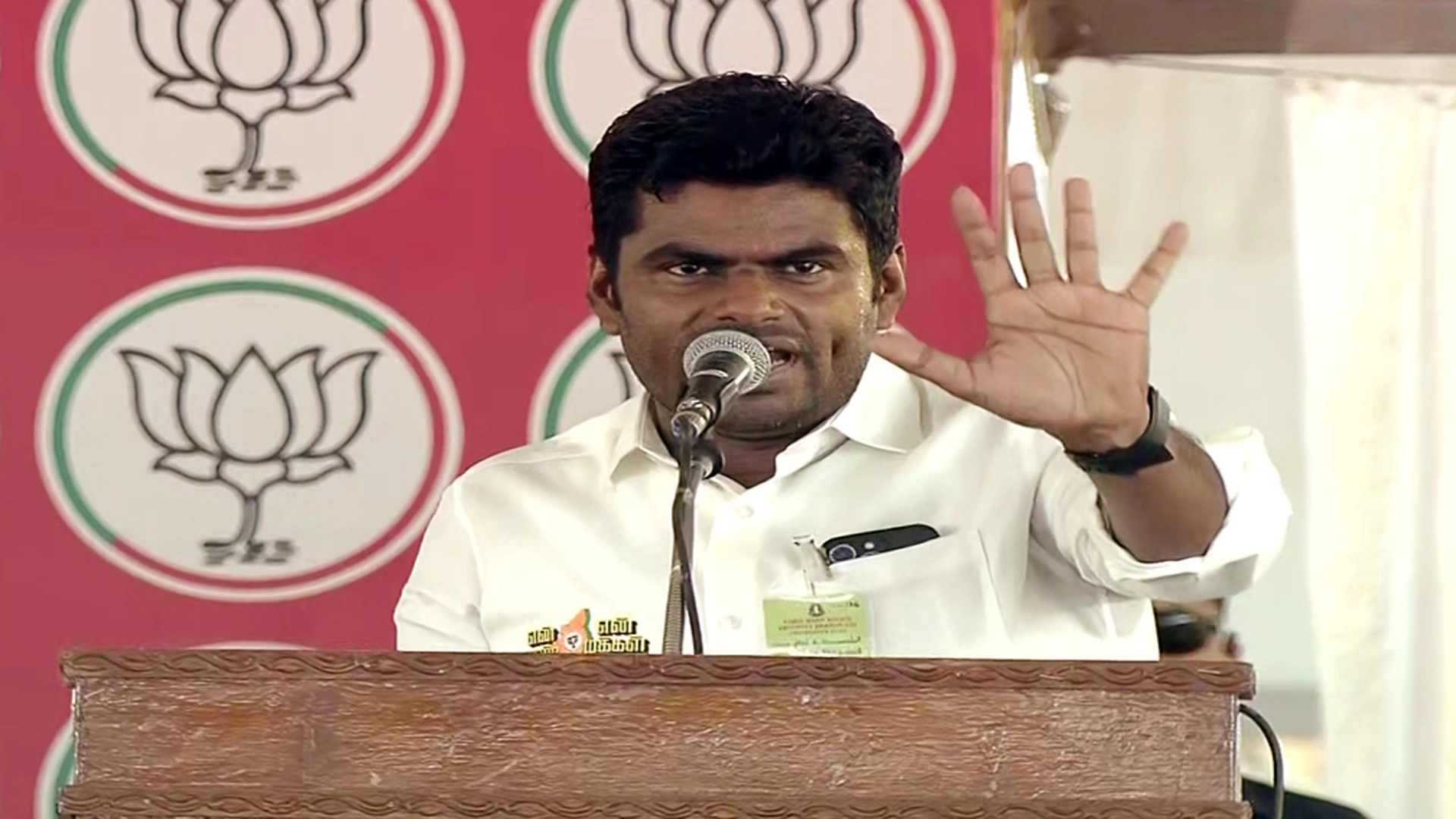The Union Cabinet, chaired by Prime Minister Narendra Modi, on Monday approved another semiconductor unit in Sanand, Gujarat. This marks India’s fifth semiconductor manufacturing facility, reinforcing the government’s commitment to developing a robust semiconductor ecosystem.
Kaynes Semicon Pvt Ltd will establish the new unit with an investment of Rs 3,300 crore. The facility is expected to produce 60 lakh chips per day, catering to a wide range of applications including industrial, automotive, electric vehicles, consumer electronics, telecom, and mobile phones.
The government’s Programme for Development of Semiconductors and Display Manufacturing Ecosystem in India, launched in December 2021 with a total outlay of Rs 76,000 crore, has been instrumental in attracting these investments.
Construction of semiconductor units is progressing rapidly, with several facilities nearing completion. Tata Electronics is setting up two units in Gujarat and Assam, while CG Power is establishing one in Gujarat. Collectively, these projects will bring an investment of approximately Rs 1.5 lakh crore and a cumulative capacity of 7 crore chips per day.
The commercial production of semiconductor chips at these plants is expected to begin in 2026, addressing India’s dependence on imports and boosting national security. The shortage of semiconductors during the COVID-19 pandemic highlighted the critical need for indigenous manufacturing capabilities.
American chip maker Micron‘s high-end semiconductor fabrication plant in Sanand, Gujarat, is also nearing completion and is expected to be operational by late 2024.
ALSO READ: PM Modi and Micron CEO discuss India’s semiconductor manufacturing ecosystem
India’s efforts to establish a domestic semiconductor industry align with its Atmanirbhar and Make in India initiatives. The government’s production-linked incentive (PLI) schemes have been crucial in attracting investments and making Indian manufacturers globally competitive.
With the addition of this new semiconductor unit, India is poised to become a significant player in the global semiconductor market, joining countries like South Korea, Taiwan, China, the US, and Japan.





















